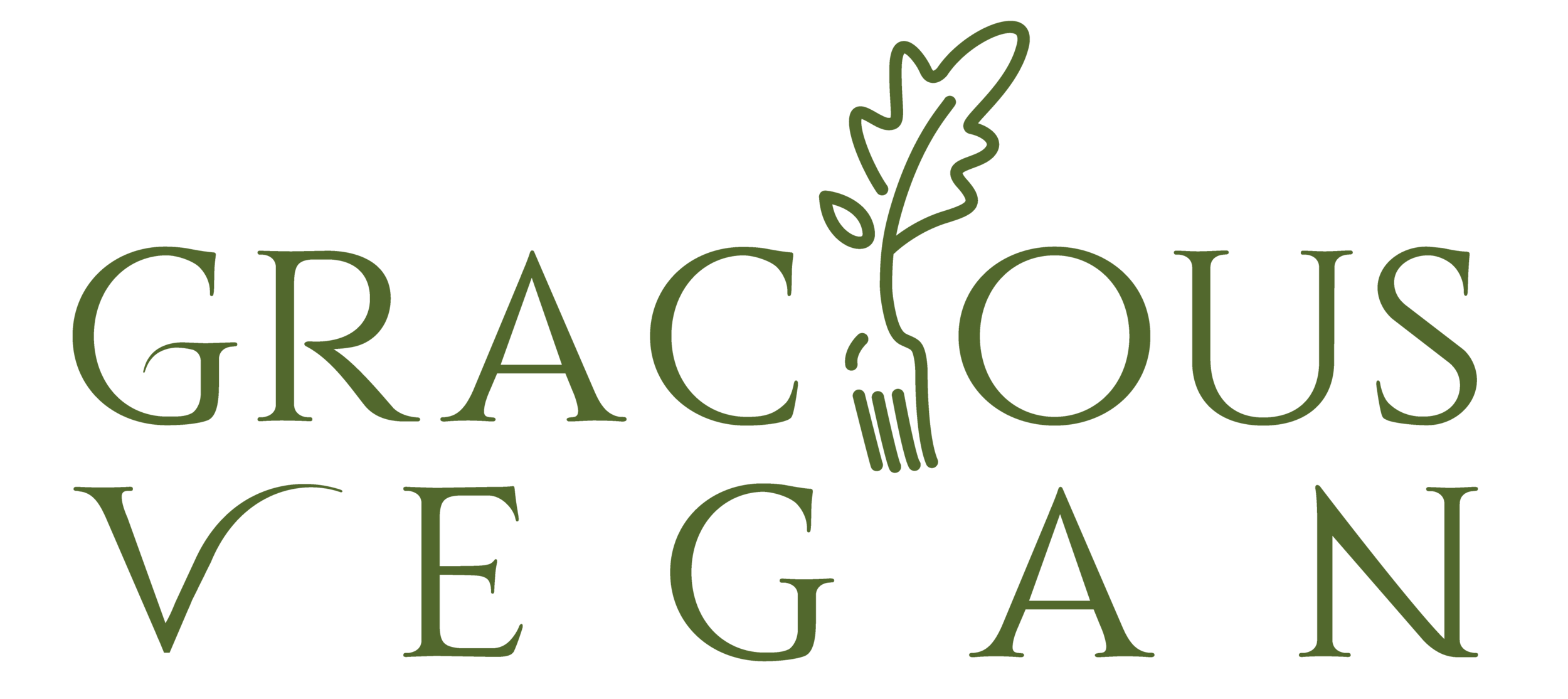Choosing a New Plant-Based Eating Habit
In my last post, I advocated for starting small when it comes to the goal of “eating healthier.” The idea is to implement one new, tiny or “atomic” eating habit at a time and keep building until your way of eating aligns with your image of yourself as a healthy eater.
Eating is so complex—what, when, how, and why we eat are entangled in our physiology, psychology, personality, conditioning, upbringing, environment, stress, and all sorts of other factors. Changing everything all at once is almost impossible. Better to work on one habit and establish a new beachhead for forward progress.
Choosing a first habit to work on
So, how small is “tiny” or “atomic”? And what would be a good habit to start with? There are all sorts of healthy plant-based habits to consider, including eating more beans, lentils, whole grains, vegetables, fruits, and spices. You could also make a habit of not eating after 7:00 pm or switching to green tea as a beverage of choice.
What’s the best way to isolate one action for a first habit? James Clear in Atomic Habits shares several characteristics of a well-chosen first habit. It’s critically important for the habit to be easy and predictable to implement. Here are the most crucial characteristics of good atomic habits.
An action you can do at the same time, same meal, and/or same location every day
Many studies have shown that if you formulate an implementation plan for a new habit (“I will [do this action] at [time/meal] in [location]”), there’s a much higher probability that you’ll follow through.
Example: “I will eat oatmeal with added flaxseed and fruit at breakfast every day.”
An action that’s easy to do
Your new habit shouldn’t feel like major challenge, but rather should be easy to carry out. It may not be the perfect habit, like cooking all your beans from scratch or making scrumptious homemade bean soups, but it’s something that gets you started eating beans every day. I love this quote from Clear’s book on habits:
“The point is to master the habit of showing up. The truth is, a habit must be established before it can be improved” (p. 163).
Example: “I will eat a half-cup of beans at lunch and again at dinner. I will use canned beans and add them to a soup or salad, or mash and season them and spread them on toast or make a burrito.”
An action that can be ritualized
You should be able to follow the same basic steps at the beginning of your habit each day, so that the action gets ingrained more quickly and requires less mental work and self-negotiation to do.
Example: “When I come into the kitchen in the morning, I will use this favorite mug for a cup of green tea.”
An action that comes naturally to you
We’re all different—pre-planner vs. spontaneous, loves routine vs. loves experimentation, loves vs. dislikes cooking. Your habit should play into what feels right for you.
Example: “I will eat an apple every afternoon” (for those who don’t mind the same food each day) vs. “I will eat a serving of fruit every afternoon.”
Ideas for atomic eating habits
Based on these tips for success, I’ve listed below some possible habits to choose from, or to get you thinking about what you want to design for yourself. Notice that they are very simple and only a tiny part of what you eat each day. But once you master the first habit, you can attach others to it or choose a new different habit to continue your journey.
Eat a half-cup of legumes at lunch
Eat a half-cup of whole grains at dinner
Eat a half-cup of berries at breakfast
Eat a salad of dark leafy greens at dinner
Eat a serving of cruciferous vegetables at lunch
Eat an apple every afternoon for a snack
Eat a serving of fruit every afternoon for a snack
Eat two servings of fruit at breakfast
Drink 16 (or 24 or 32) additional ounces of water before noon
Eat a green smoothie at breakfast
Eat oatmeal at breakfast with added flaxseed meal and fruit
Remember, pick just one for your first month and notice what works for you and what doesn’t. I’ll be providing more hints about ingraining your habit in future posts, including how to make your new habit attractive, frictionless, and satisfying.

